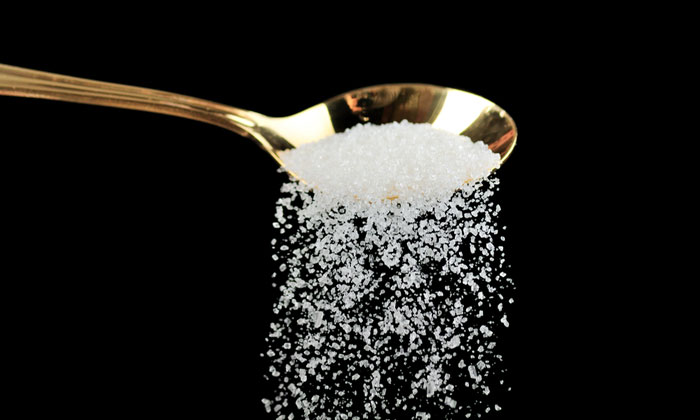Sugar content found to be most important factor when buying healthy
Posted: 2 March 2020 | Sam Mehmet (New Food) | No comments yet
A team from the University of Nottingham’s Division of Food, Nutrition and Dietetics carried out a choice-based survey with 858 participants using a traffic light labelling system (TLL) to select healthy foods, in order to determine health-related priorities.


Researchers have found that sugar content is the most important factor for people when making healthy food choices – overriding fat and salt.
The results of the University of Nottingham traffic light labelling system (TLL) study showed that when deciding on the healthiness of items, sugar was significantly the most important macronutrient for participants.
“When using the TLL consumers often have to make trade-offs between undesirable attributes and decide which to use to guide them in making a choice. We wanted to find out whether it was fat, saturated fat, sugar or salt they most wanted to avoid and see whether the traffic light labelling was influencing this decision,” said Dietician and PhD researcher, Ola Anabtawi, who led the research.
Traffic light labelling was introduced to aid the selection of healthier choices with a simple red, amber green colour coding system. Supermarkets and food manufacturers use this on packaging to highlight nutritional information.
Participants in the study were shown three options of the same food item with different nutrition traffic light label combinations, and this was repeated for three products – prepacked sandwiches, breakfast cereals and biscuits. They were asked to select which they thought was the healthiest product.
Foods with a high sugar content were perceived to be the worst for health with participants avoiding these products, according to the research, with excess fat, saturated fat and salt being less off-putting. Products flagged with a red label were also avoided much more and had a more significant impact on making a healthy choice than the green label.
“Despite the lack of knowledge about the recommendations underpinning the TLL criteria participants’ decisions about the healthiness of food products were significantly influenced by TLL information on the items’ sugar content. TLL do, therefore, appear to be guide consumers beliefs in the absence of deep knowledge,” Anabtawi continued.
The dominance of sugar in decision-making is said to show that the labelling system is having an impact in the current public health climate. However, the researchers said that it is important to consider the effect of disregarding other nutrients (i.e. fat and salt) for people with different nutritional needs. “We suggest raising awareness of all nutrients to help the public achieve the well-balanced diet.”
Related topics
Health & Nutrition, Ingredients, Research & development, The consumer









